Philip Green: retail king who lost the Midas touch
Philip Green’s empire has collapsed, taking great chunks of the high street with it. In the Noughties his Topshop chain was called Britain’s favourite emporium. What went wrong?
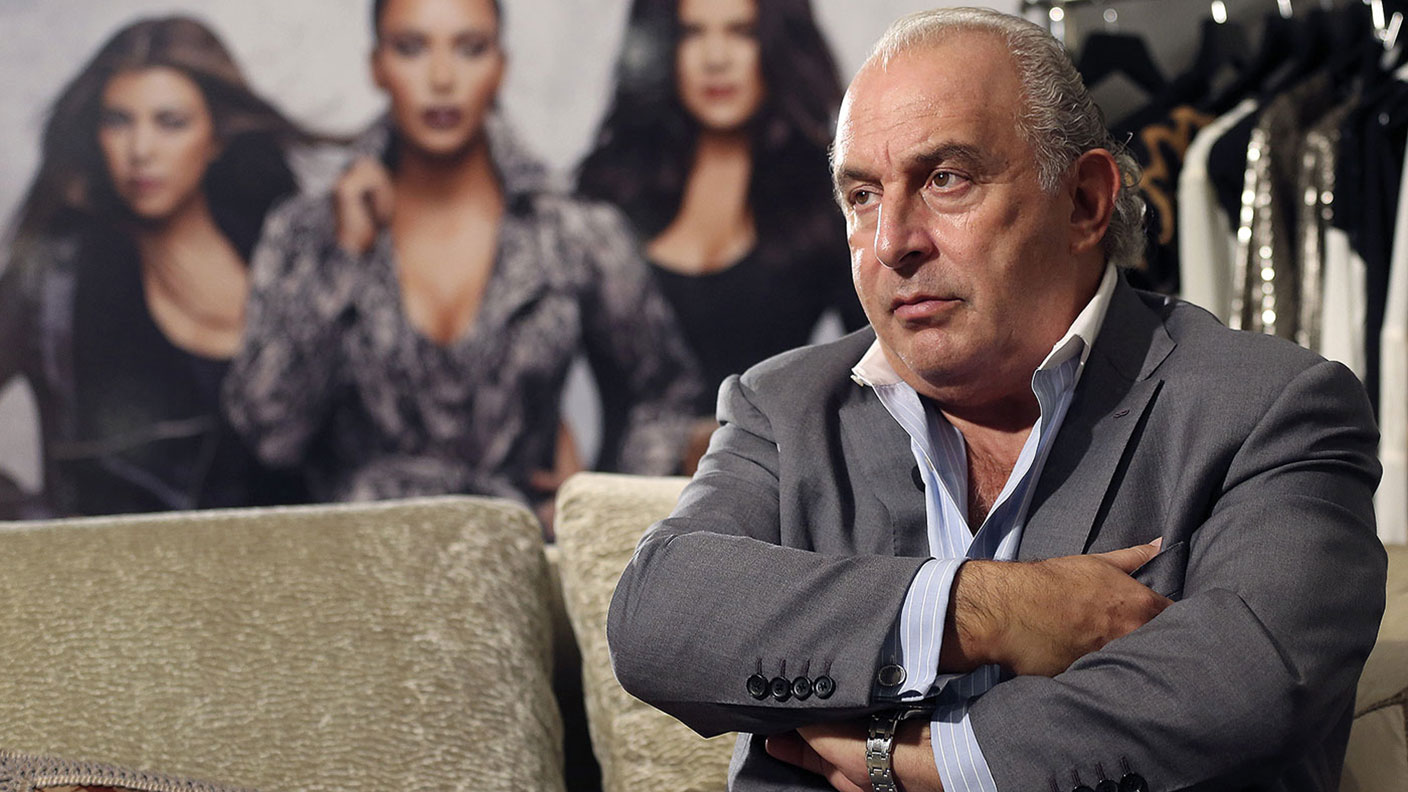
Sir Philip Green is most at home in a grey tracksuit, pacing the decks of his £100m superyacht, Lionheart – “shouting into one, two or even three mobile phones simultaneously”, says The Guardian. The Topshop tycoon has spent most of the past year permanently aboard his yacht, currently moored in Monaco, seeking to avoid the pandemic.
It’s easy to picture him there last weekend, barking out orders – while in Britain his empire went down, taking great chunks of the high street with it. In an echo of the row after BHS collapsed in 2016, demands are growing for Green and his wife Tina to plug a £350m black hole in Arcadia’s pension scheme.
Bond Street bandit
Arcadia’s collapse “brings down the curtain on three decades during which Green attracted both admiration and opprobrium for his combative approach to business”, says the Financial Times. Born in South London in 1952, his father – an electrical goods retailer – died when Philip was 12. He attended the now defunct private Carmel College, known as “the Jewish Eton”, but left at 16 with no O-levels. Green, who began his retail career, “selling surplus stock from a store called Bond Street Bandit”, was always a street-fighter remembered chiefly for his “audacious and ruthless” approach to deals and ability to persuade backers – ranging from the secretive Barclay twins to high-street banks – “to lend huge amounts of money at short notice”. After taking a drubbing in the City when he was forced out of the menswear chain Amber Day in 1992, after failing to meet profit forecasts, “he never ran a listed company again”.
MoneyWeek
Subscribe to MoneyWeek today and get your first six magazine issues absolutely FREE

Sign up to Money Morning
Don't miss the latest investment and personal finances news, market analysis, plus money-saving tips with our free twice-daily newsletter
Don't miss the latest investment and personal finances news, market analysis, plus money-saving tips with our free twice-daily newsletter
In the early days, Green’s bold moves were rewarded with rapid and often spectacular returns. The break-up of Sears, which he took over in 1999, saw him pocket a profit of £300m, while the refinancing of Arcadia in 2005 resulted in the £1.2bn tax-free dividend that formed the basis of the Green family’s private fortune, put at $7.2bn by 2011, according to Forbes. In the early Noughties, the self-styled “king of the high street” seemed unstoppable, said The Independent. Having apparently turned round BHS, Green’s Arcadia brands (including Dorothy Perkins and Burton) had much of the mainstream UK fashion market sewn up.
Meanwhile, the group’s flagship chain, Topshop, emerged as Britain’s favourite emporium in the Noughties, graced by model Kate Moss, says The Times. Catapulted into celebrity status, Green became famous for his lavish birthday parties.
Technophobic and myopic
Some dubbed him a retail genius with a “Midas touch”, says the FT. But after acquiring his empire, critics charge that Green appeared to “sit back and milk the cow”. Many of the problems that afflicted both BHS, which he flogged for £1 to serial bankrupt Dominic Chappell in 2015, and Arcadia sprang from his refusal to invest, particularly in online delivery. Green’s own technophobia made him myopic, opening the door for rivals Asos and Boohoo to eat his lunch online while, on the high street, Primark, Zara and others began trouncing Arcadia’s tired brands. A bunker mentality set in. “As Arcadia’s decline gathered pace”, people became “less willing to indulge his abrasive personality” making him “increasingly reliant on longtime lieutenants”.
In recent years – bruised by the public outrage over his treatment of BHS and by allegations of sexual harassment and racial abuse – Green has kept a low profile at his base in Monaco, supported by his wife. Former colleagues reckon she will shape his next move. But the options don’t look great for Green. “Whatever he does now he cannot win.”
Get the latest financial news, insights and expert analysis from our award-winning MoneyWeek team, to help you understand what really matters when it comes to your finances.
Jane writes profiles for MoneyWeek and is city editor of The Week. A former British Society of Magazine Editors editor of the year, she cut her teeth in journalism editing The Daily Telegraph’s Letters page and writing gossip for the London Evening Standard – while contributing to a kaleidoscopic range of business magazines including Personnel Today, Edge, Microscope, Computing, PC Business World, and Business & Finance.
She has edited corporate publications for accountants BDO, business psychologists YSC Consulting, and the law firm Stephenson Harwood – also enjoying a stint as a researcher for the due diligence department of a global risk advisory firm.
Her sole book to date, Stay or Go? (2016), rehearsed the arguments on both sides of the EU referendum.
She lives in north London, has a degree in modern history from Trinity College, Oxford, and is currently learning to play the drums.
-
 MoneyWeek news quiz: How much can you win in Premium Bonds?
MoneyWeek news quiz: How much can you win in Premium Bonds?Quiz Premium Bonds, ChatGPT, and the start of the festive season all made headlines this week. How closely were you following the news?
-
 Salary sacrifice pensions cap: 3.3 million workers to be hit by contribution limits
Salary sacrifice pensions cap: 3.3 million workers to be hit by contribution limitsThe government has revealed further details of its controversial cap on pension contributions through salary sacrifice. Here is how the changes could affect you
-
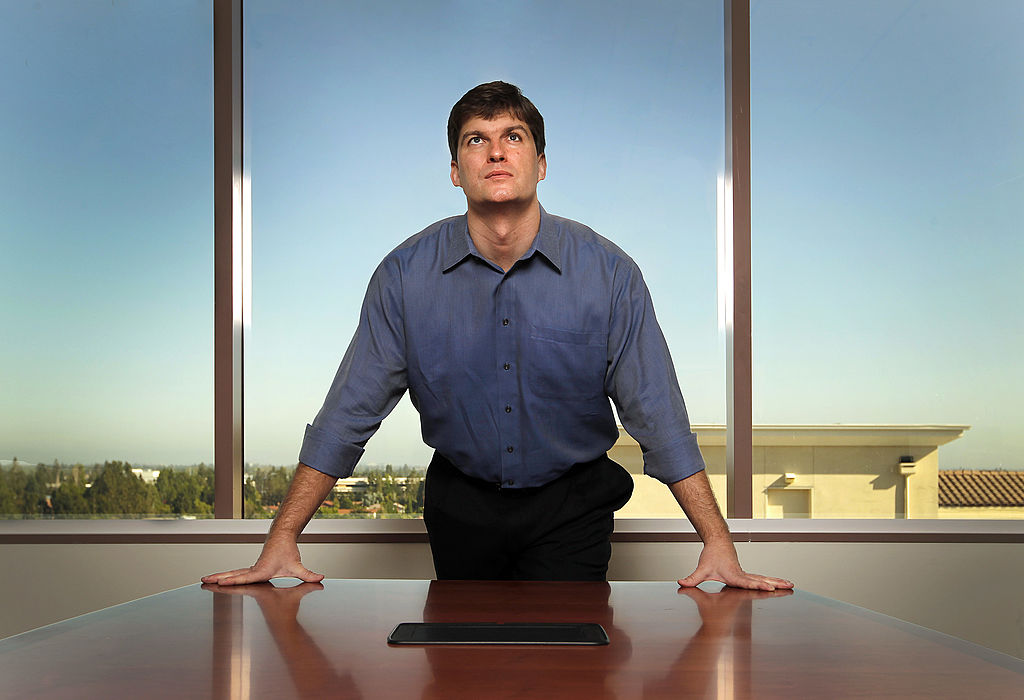 Big Short investor Michael Burry closes hedge fund Scion Capital
Big Short investor Michael Burry closes hedge fund Scion CapitalProfile Michael Burry rightly bet against the US mortgage market before the 2008 crisis. Now he is worried about the AI boom
-
 Chen Zhi: the kingpin of a global conspiracy
Chen Zhi: the kingpin of a global conspiracyChen Zhi appeared to be a business prodigy investing in everything from real estate to airlines. Prosecutors allege he is the head of something more sinister
-
 Who is Jared Isaacman, SpaceX astronaut and Trump's pick as NASA chief?
Who is Jared Isaacman, SpaceX astronaut and Trump's pick as NASA chief?Jared Isaacman is a close ally of Elon Musk and the first non-professional astronaut to walk in space. Now, he is in charge of NASA
-
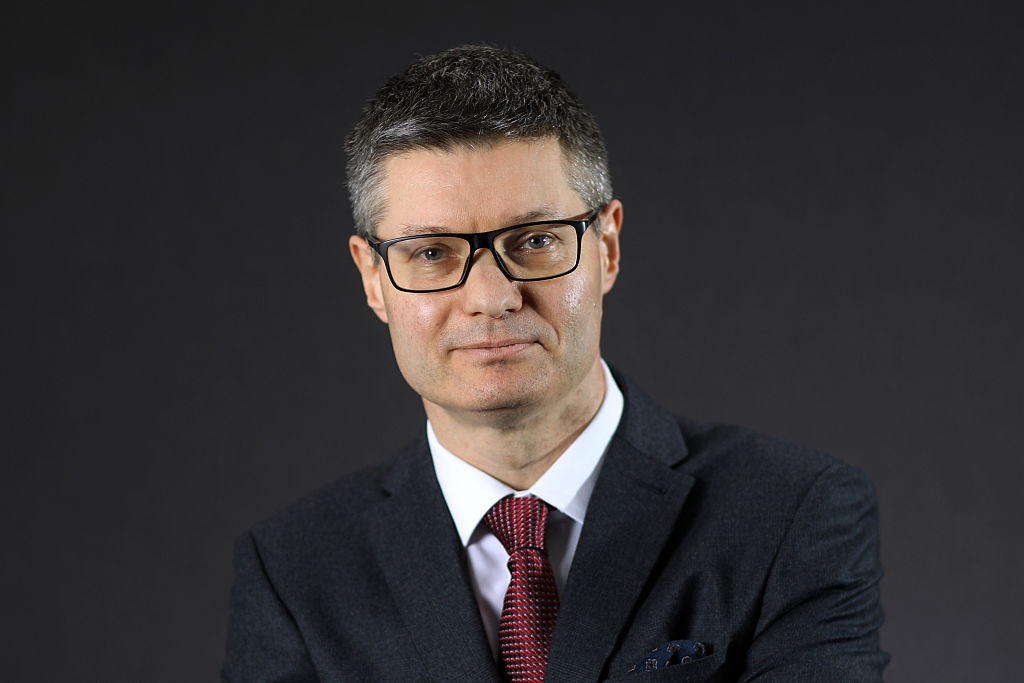 Defeat into victory: the key to Next CEO Simon Wolfson's success
Defeat into victory: the key to Next CEO Simon Wolfson's successOpinion Next CEO Simon Wolfson claims he owes his success to a book on military strategy in World War II. What lessons does it hold, and how did he apply them to Next?
-
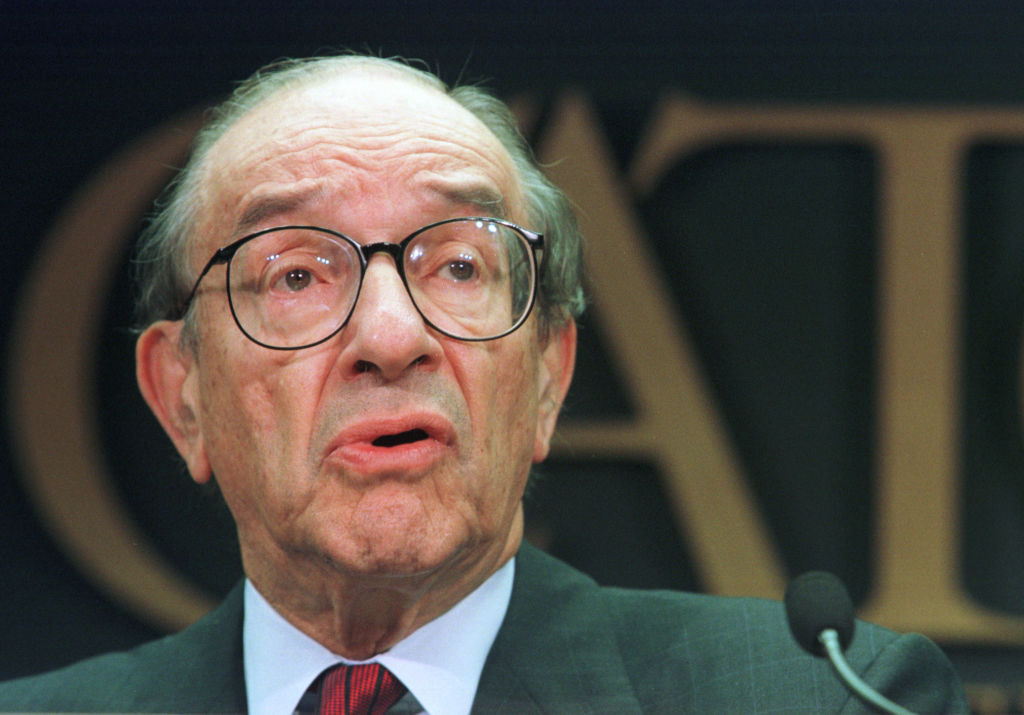 'We still live in Alan Greenspan’s shadow'
'We still live in Alan Greenspan’s shadow'When MoneyWeek launched 25 years ago, Alan Greenspan was chairman of the Federal Reserve. We’re still living with the consequences of the whirlwind he sowed
-
 Isaac Newton's golden legacy – how the English polymath created the gold standard by accident
Isaac Newton's golden legacy – how the English polymath created the gold standard by accidentIsaac Newton brought about a new global economic era by accident, says Dominic Frisby
-
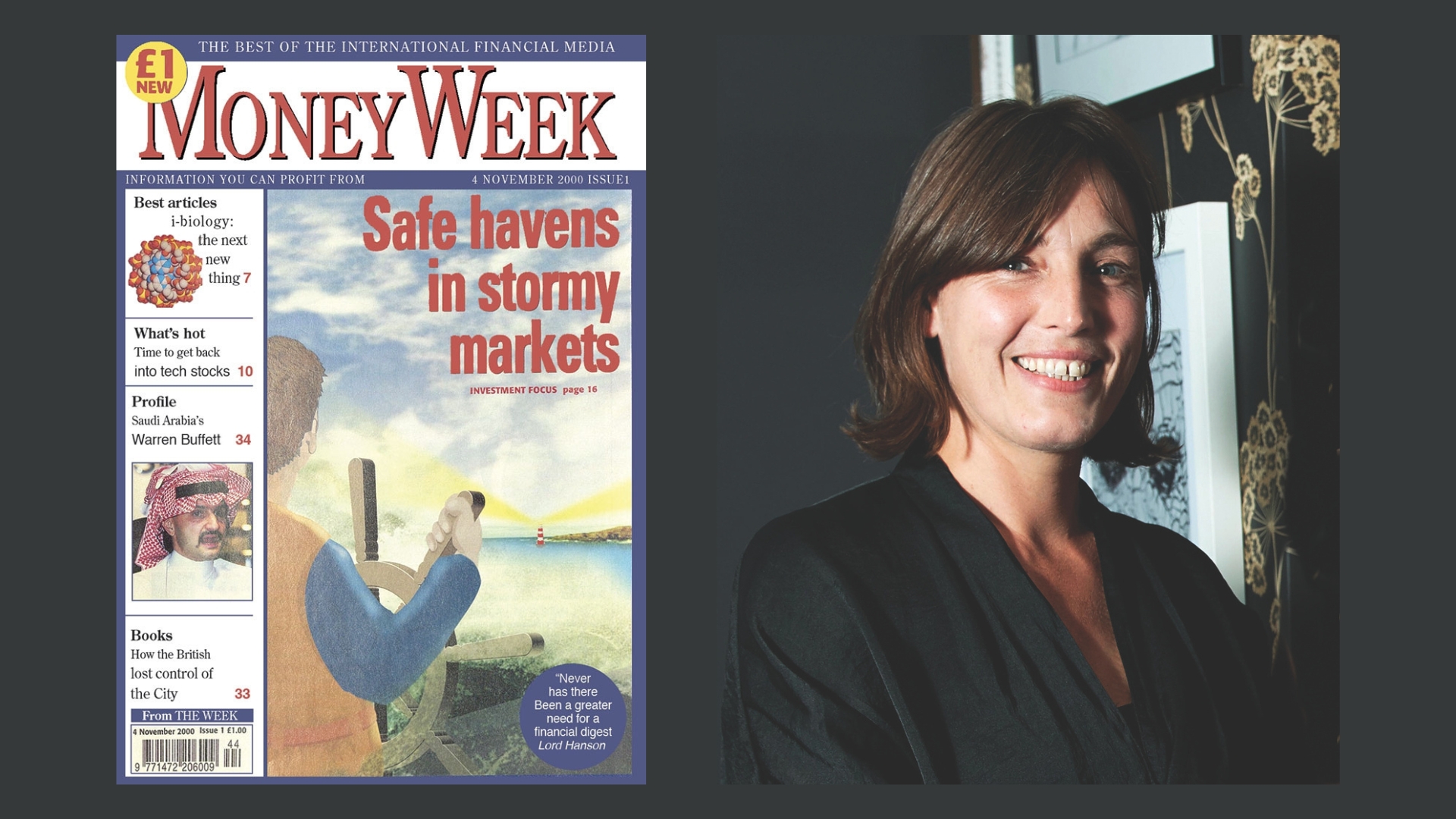 'How I brought MoneyWeek to the masses'
'How I brought MoneyWeek to the masses'Launching MoneyWeek gave ordinary investors information – and hence power, says Merryn Somerset Webb
-
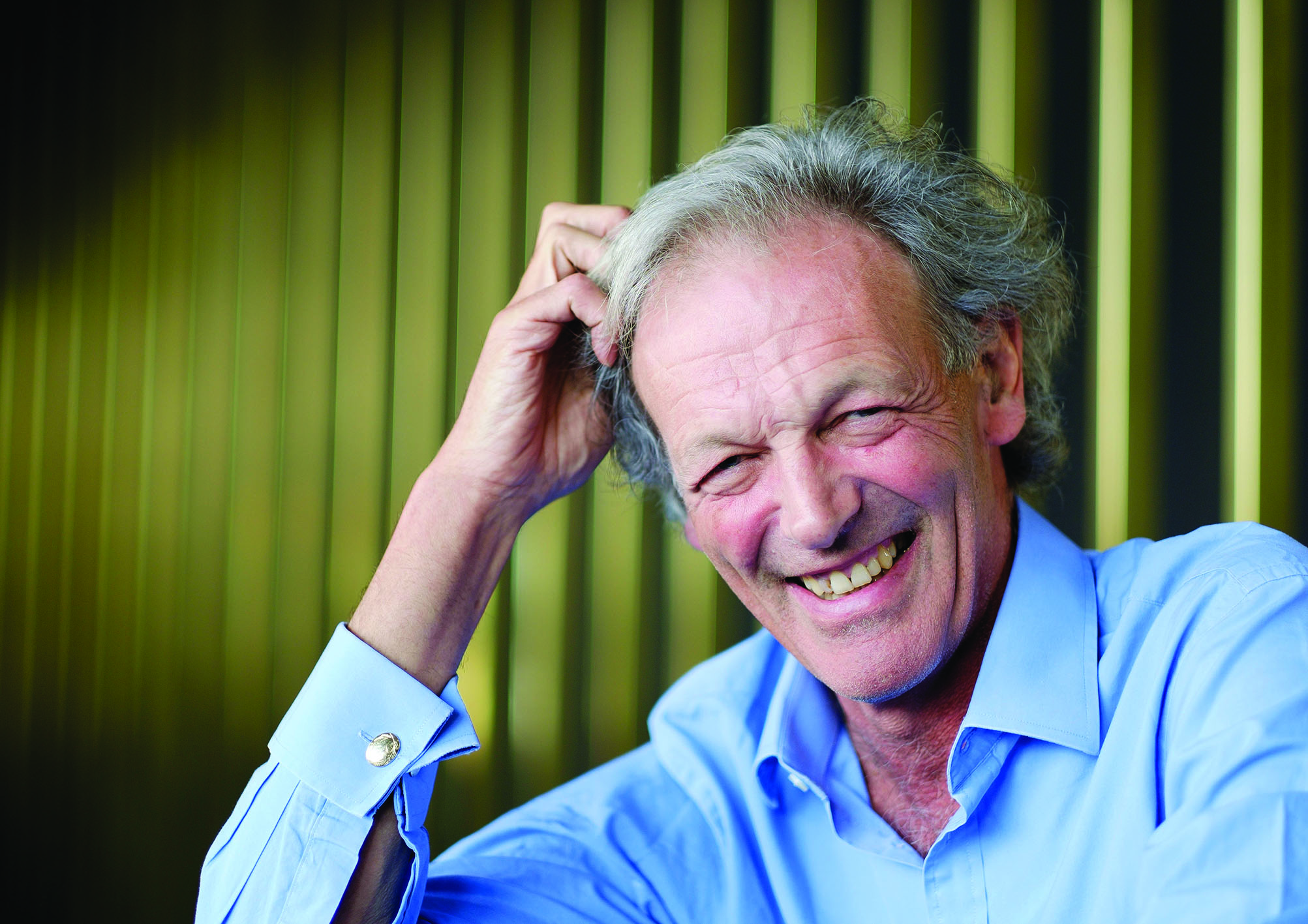 'Why I launched MoneyWeek'
'Why I launched MoneyWeek'Inspired by The Week and uninspired by the financial press, Jolyon Connell decided it was time for a new venture. That's where MoneyWeek came in